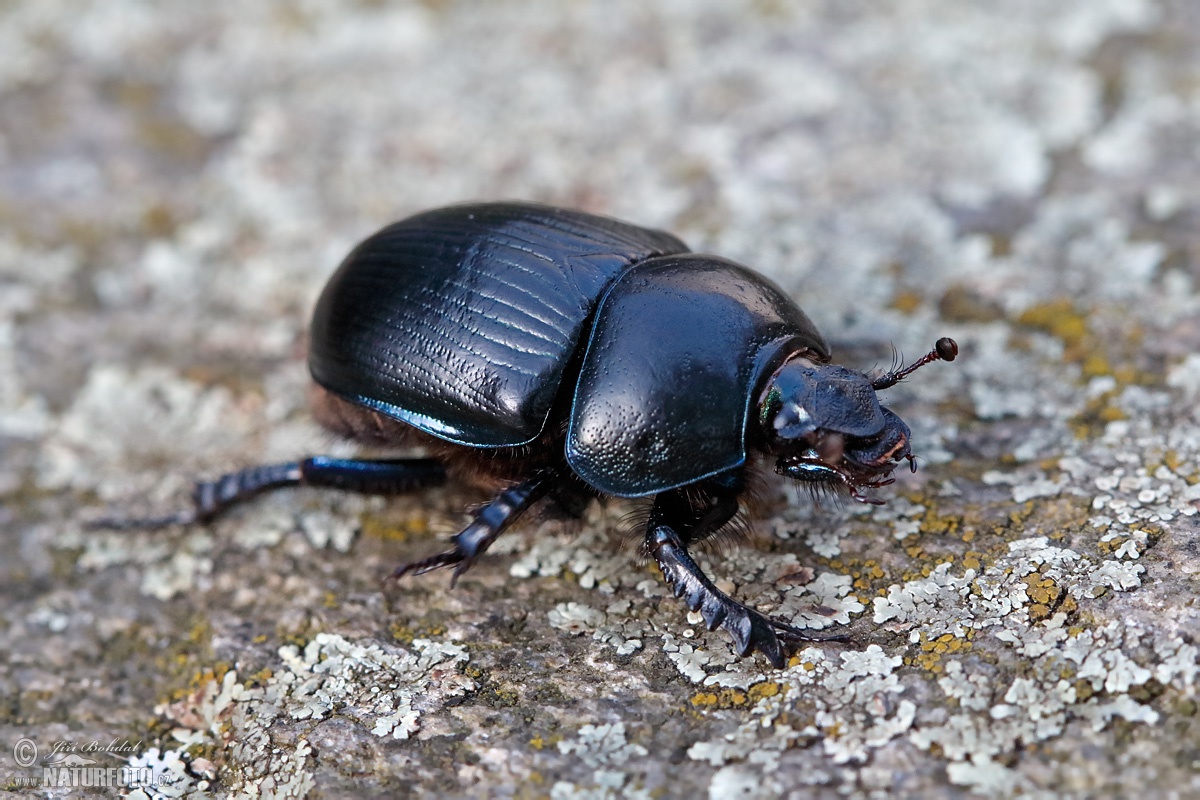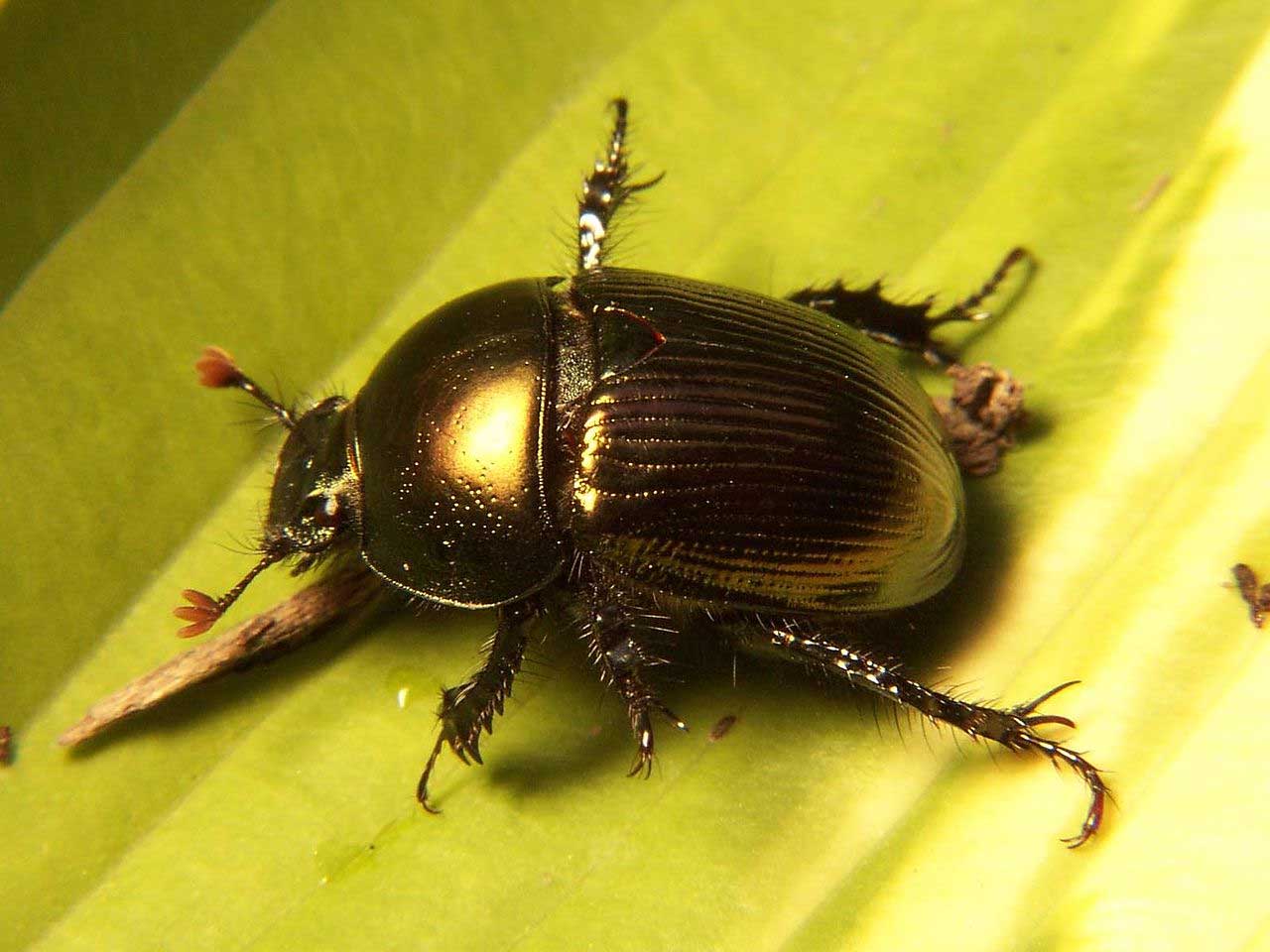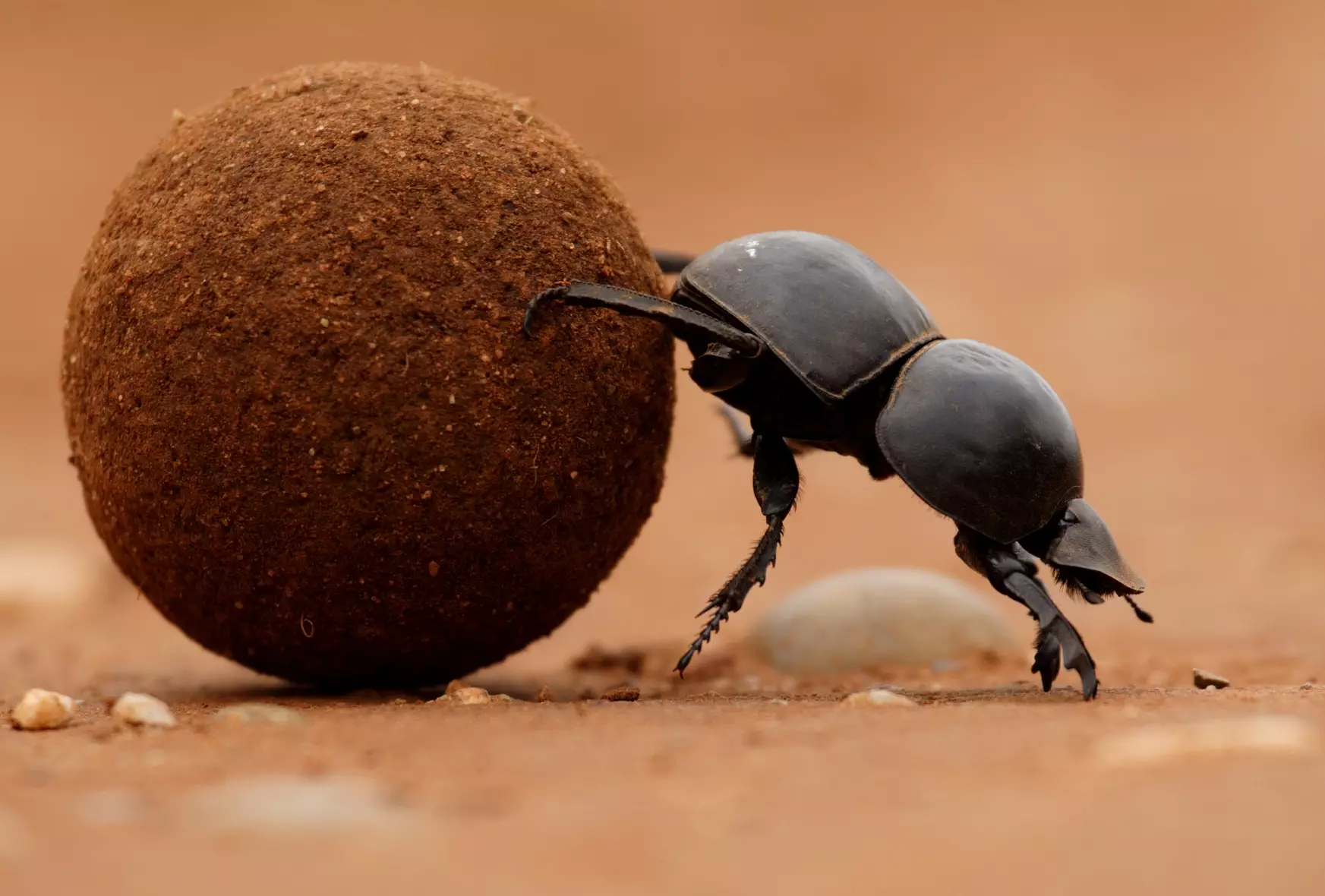Dung Beetles - Nature's Unsung Heroes
Imagine tiny, hardworking creatures whose entire existence revolves around something most of us would rather avoid. These little bugs, you see, have a very particular taste. They are, as their name suggests, beetles that make a meal out of animal droppings. It might sound a bit odd, but these remarkable insects play a truly important part in keeping our planet clean and tidy, so you know, they're pretty important.
These fascinating creatures, which some people call scarabs, are found living in places all over the globe. They make their homes on every big landmass except for the very cold continent of Antarctica. You might be surprised to hear that there are a great many different kinds of them, with more than seven thousand distinct types known to us. This wide variety of species shows just how well they have adapted to life in many different spots, actually.
Their lives are, in a way, completely centered around interacting with animal waste. They don't just eat it; they use it in some rather unique ways. Some roll it, some bury it, and others simply live within it. These interesting insects fly around looking for fresh piles of animal droppings, or what we might call pats, to begin their work. It's truly a sight to behold, how they go about their daily routines, you know.
Table of Contents
- Who Are These Dung Beetle Creatures Anyway?
- Where Do Dung Beetles Live?
- How Do Dung Beetles Handle Their Food?
- The Life Cycle of a Dung Beetle
- Why Are Dung Beetles So Important?
- Are There Different Kinds of Dung Beetles?
- The Unique Tools of a Dung Beetle
- More Than Just a Dung Beetle Eater
Who Are These Dung Beetle Creatures Anyway?
The Dung Beetle Family Tree
So, when we talk about dung beetles, we are talking about a very big group of insects. Every single kind of dung beetle belongs to a larger family of bugs called the Scarabaeoidea. This is a very broad classification, kind of like saying "mammals" for many different furry animals. Most of the specific types of dung beetles you might encounter are part of two smaller groups within that big family: the Scarabaeinae and the Aphodiinae. These are the main branches of the dung beetle family tree, in a way.
It's quite something to consider just how many distinct kinds of these beetles there are. Our records show that there are well over seven thousand different species known to us. Each one has its own little quirks and ways of doing things, even though they all share that basic preference for animal waste. This vast number of different kinds means they have found countless ways to make a living and thrive in various environments, basically.
These creatures are, at their core, beetles. They have the hard outer shell and the particular body structure that identifies them as such. What sets them apart, of course, is their diet. They are the clean-up crew of the natural world, taking care of what other animals leave behind. It’s a very specific job, but someone has to do it, right?
Where Do Dung Beetles Live?
A Dung Beetle's Global Address
You might be wondering where you can find these interesting little workers. Well, as a matter of fact, dung beetles live almost everywhere on Earth. They are found across the entire globe, making their homes on every single continent, with one chilly exception: Antarctica. You won't find them in the icy, barren stretches of the South Pole, but pretty much everywhere else, you just might.
Their homes are incredibly varied, too. These beetles are not picky about their surroundings, so it seems. They call home everything from dry, sandy stretches of desert to thick, leafy woods. Whether it's a wide-open grassland or a dense forest, if there's animal waste to be found, there's a good chance a dung beetle is living nearby. This adaptability really shows how successful they are as a group of creatures, don't you think?
They have managed to settle into so many different kinds of places because, quite simply, where there is animal droppings, there are most likely dung beetles. Their food source is widespread, and so they are too. It's a pretty straightforward connection, actually, that allows them to spread out so much. They've found a way to make a living in a huge range of settings, which is something quite special.
How Do Dung Beetles Handle Their Food?
Dung Beetle Rolling Skills
One of the most famous things about some dung beetles is how they deal with their food. There's a group of them often called "rollers." These particular beetles are quite well-known for taking bits of animal droppings and working them into round shapes. They then push these perfectly formed spheres away from where they found them, sometimes quite a distance. It's a truly amazing feat of strength and determination for such a small creature, you know.
And here's a little tidbit that might make you smile: did you know that some dung beetles do a little jig on top of their dung spheres? It's true! They will, apparently, perform what looks like a dance right there on their round bundles of waste. This behavior is thought to help them figure out which way to go, using cues from the sky. It's a rather unique way to get your bearings, if you ask me.
These round bundles of animal droppings serve a couple of very important purposes for the rollers. For one, they are a ready source of food. The beetle can simply eat from its carefully prepared ball whenever it gets hungry. But perhaps even more importantly, these balls also serve as safe spots for their young. The female beetle will lay her eggs inside these dung spheres, providing a protected home and a first meal for her offspring when they hatch. It's a pretty clever system, all things considered.
The Life Cycle of a Dung Beetle
Growing Up a Dung Beetle
Dung beetles go through a full change in their lives, a process known as complete metamorphosis. This means they don't just grow bigger; they transform from one form to another, much like a butterfly does. It's a pretty remarkable process, involving distinct stages that look very different from each other. They start as an egg, then become a larva, then a pupa, and finally, an adult beetle. It's a rather intricate series of transformations, you know.
During their early stages, the young ones, called larvae, make their homes inside special balls of animal droppings. These brood balls are carefully prepared by their parents, who put in a lot of effort to make sure their offspring have a good start. The parents gather the animal waste, shape it, and sometimes even bury it, creating a perfect little nursery and pantry for their young. It's a testament to parental care in the insect world, really.
While they are in this larval stage, the young beetles simply eat the animal droppings all around them. The dung ball isn't just their home; it's their entire food supply. This ensures they have everything they need to grow and develop without having to go out and find food for themselves. It's a very efficient way for them to get through this part of their life, and it's pretty much all they do during this time.
Why Are Dung Beetles So Important?
The Dung Beetle's Big Job
It might seem strange to think about, but these little creatures are incredibly important for our planet's health. In fact, without them, we would literally be covered over by animal waste. Think about all the animals in the world – from cows and horses to deer and wild beasts. They all produce droppings, and if there weren't creatures to deal with it, our fields, forests, and even our backyards would be buried under it. So, they really do perform a vital service, you know.
Their work goes beyond just making things look tidy. When dung beetles move and bury animal waste, they are actually helping the soil. They break down the droppings, which helps to put good stuff back into the ground, making it richer and better for plants to grow. This process also helps to stop harmful things from building up, like certain kinds of parasites or disease-causing organisms that can live in fresh animal waste. It's a pretty big deal for the overall health of ecosystems, honestly.
They also help to spread plant seeds that might be in the droppings, and they aerate the soil by digging tunnels. These tunnels allow air and water to get into the ground more easily, which is good for roots and other small creatures living there. So, their seemingly simple act of dealing with animal waste has a ripple effect that benefits many other parts of nature. It's quite a complex set of contributions from such a small insect, you might say.
Are There Different Kinds of Dung Beetles?
Dung Beetle Groups and Habits
As we mentioned, there are thousands of different kinds of dung beetles, and they belong to different groups. While they all share a common diet, they have distinct ways of handling their preferred snack. These differences in behavior lead to them being placed into three basic groups. It's a way of organizing their varied approaches to the same task, you know.
We've already talked about the "rollers," who shape animal waste into spheres and push them away. But there are also other types. For example, some dung beetles are known as "tunnellers." Instead of rolling the waste away, these beetles dig tunnels right underneath a pile of animal droppings. They then pull bits of the waste down into these underground passages. This is where they'll eat it or store it for later, or even use it to create safe spots for their young. It's a different strategy, but it gets the job done just as well, apparently.
Then there are the "dwellers," who are perhaps the least active in terms of moving the dung. These beetles simply live within the pile of animal waste itself. They eat it where it lies and lay their eggs directly inside it. Each of these three groups has its own particular way of interacting with the animal droppings, and each plays its own part in the natural cycle. They all love their poo, yes, but they deal with it in various sorts of manners, you see.
The Unique Tools of a Dung Beetle
How a Dung Beetle Gets Work Done
To do their very specific jobs, dung beetles come equipped with some rather interesting body parts. Take, for instance, the beetles that belong to the Scarabaeinae subfamily. These are the ones often associated with shaping animal droppings into those famous round objects. They have a head that looks a bit like a small shovel, which is perfect for scooping up bits of waste. It's a very practical design for their line of work, you know.
In addition to their scooper-like head, they also have flat, oar-like limbs. These are often called paddles, and they are used to help them form the animal droppings into a ball and then push it along. Imagine trying to roll a ball of something with just your hands; these beetles have evolved the perfect tools for it. It's a pretty neat example of how an animal's body is suited to its lifestyle, really.
These tools are not just for shaping and moving; they are also for defense and for navigating their world. Their strong legs and specialized heads allow them to move quite a lot of material for their size. It’s truly amazing how much they can accomplish with these built-in instruments. They are, in a way, perfectly designed for their very unique occupation.
More Than Just a Dung Beetle Eater
The Dung Beetle's Daily Grind
It's fair to say that the entire existence of these creatures revolves around interacting with animal droppings in some form or another. It's not just about eating it; it's about finding it, moving it, storing it, and raising their young in it. Their lives are truly centered on this one, rather specific, resource. So, when you think of a dung beetle, you're pretty much thinking about a creature whose whole world is built around this one thing, you know.
These interesting insects are always on the lookout. They fly around, using their senses to search for fresh piles of animal waste, or what we call pats. Once they find a suitable deposit, they get right to work, using the manure in some truly unique ways. Whether they are rolling it, burying it, or living within it, their actions are always tied back to this primary resource. It's their daily grind, you might say, and they are very good at it.
They are, in essence, nature's recyclers, taking something that seems like waste and turning it into something useful for themselves and for the environment. They keep things clean, enrich the soil, and help other plants and animals thrive. It's a pretty big job for a little beetle, wouldn't you agree? They are, in a way, unsung heroes of the natural world, doing their part without much fanfare, just getting on with it, actually.

Dung Beetle Photos, Dung Beetle Images, Nature Wildlife Pictures

Dung Beetle - Learn About Nature

Dung Beetle